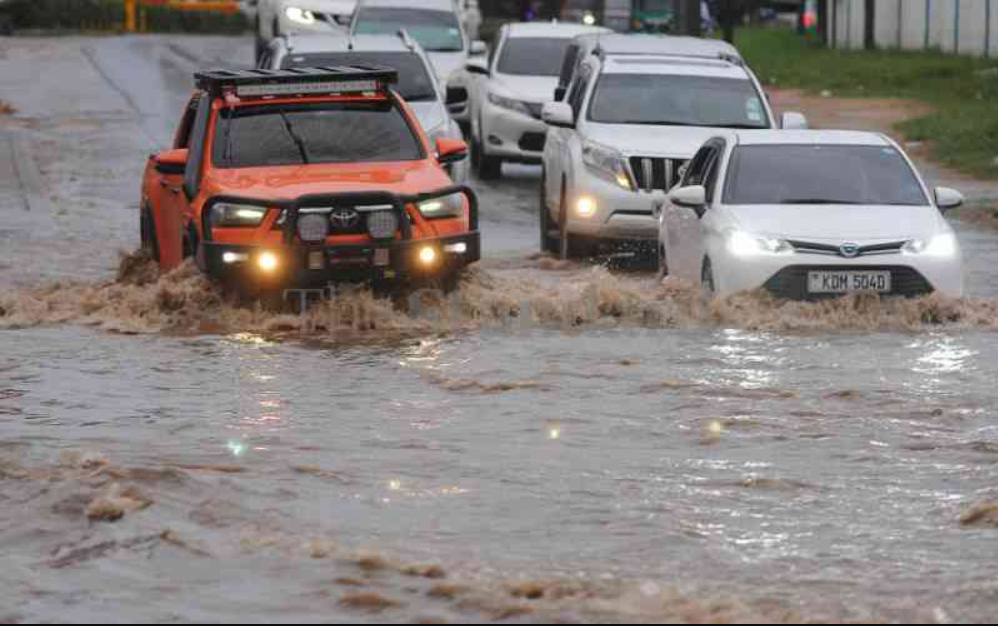A child was Friday swept away by raging floods in the Mashimoni area in Kibera, Nairobi following a heavy downpour that pounded the city.
The property was also destroyed following the heavy rainfall.
Many were displaced.
Nairobi County Disaster Management and Coordination team led by Chief Officer Bramwell Simiyu on Saturday indicated that it is following up on the incident in Kibera.
“The waters have subsided in the majority of the areas impacted last night due to the heavy rainfall experienced.
Aside from losses and property damage, a child was swept away last evening in the Mashimoni area in Kibera,” Simiyu said.
Simiyu added that the county has set up a psychosocial support team as tracing and rescue efforts continue.
“Some immediate interventions are already ongoing in some areas that have been hardest hit, such as Githogoro and Mukuru, as efforts to mobilize, consolidate, and deploy additional resources are being put in place,” he said.
A team will be conducting an assessment today to ascertain the extent of the damages and to confirm the number of households affected and any other additional needs other than the ones identified last night, as well as conduct sensitization sessions for enhanced safety in the communities.
He emphasized that people should not attempt to cross the rivers once the banks break and avoid walking in moving flood waters, and adults to keep a watchful eye on children to not play next to the rivers.
The weatherman has identified more than 30 counties expected to receive rain this month.
Dr Bernard Chanzu, the deputy director of the Kenya Meteorological Department, said the occasional rainfall with some breaks will come early in the month.
“The rains expected at the beginning of January in the southern half of the country will sustain water availability,” he said in a seasonal forecast.
These include a few areas in western Kenya, especially those around the Lake Victoria basin (Siaya, Busia, Kisumu, Homa Bay, Migori, Kisii, Nyamira, Vihiga, Kakamega, and Nandi), southern Rift Valley (Bomet, Kericho, Narok), and the south-eastern lowlands (Kajiado, Kitui, Makueni, Machakos and Taita Taveta).
The others are the highlands east of the Rift Valley (Nairobi, Nyandarua, Nyeri, Kirinyaga, Murang’a, Kiambu, Meru, Tharaka Nithi, and Embu) and the coastal region (Kwale, Mombasa, Kilifi, Lamu and the Southern parts of Tana River).
“Most parts of the Northern sector are expected to remain generally dry though a few areas may experience occasional rainfall during the last week of the month,” Chanzu said in a forecast for January.
The rains and the expected elevated temperatures are a result of the El Niño conditions expected until April.
El Niño is known to raise planetary temperatures by as much as a few tenths of a degree Celsius.
That is because it is associated with warmer-than-average surface temperatures across the central and eastern Pacific Ocean, and those waters release heat and steam into the atmosphere.
Igad Climate Prediction and Applications Centre, also predicted unusually higher temperatures this month.
ICPAC said the country will be generally dry, although a few places will receive rain.
“Temperature is expected to be warmer than usual in most parts of the region,” ICPAC said.
Tesla Recalls 1.6 Million Cars In China For Autopilot Safety
